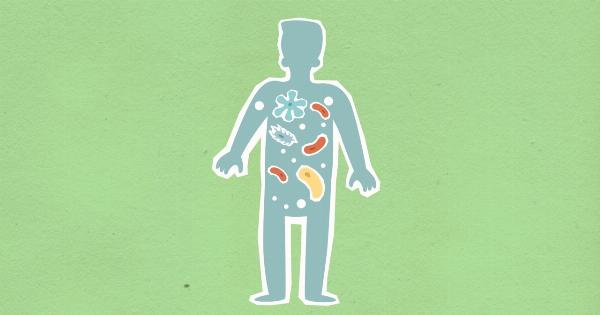The recent outbreak of COVID-19 has made many people aware of how viruses can spread from person to person or surface to person.
However, there are also various ways viruses can get indoor, and it’s essential to know them to reduce the risk of infection. Here are ten ways viruses get indoor:.
1. Contaminated Air
One of the most common ways viruses get indoor is through contaminated air. For instance, if a person with COVID-19 sneezes or coughs indoors, the droplets containing the virus may remain suspended in the air and travel through the ventilation system.
Once inhaled, these droplets can infect other people within the same space. This is why it’s essential to wear masks indoors, especially in public places where there are many people.
2. Contaminated Surfaces
Another way viruses get indoor is through contaminated surfaces. For example, if someone with COVID-19 touches a surface like a doorknob or a countertop, they may leave the virus on the surface.
If another person touches the same surface and then touches their mouth, nose, or eyes, they may become infected. This is why it’s essential to sanitize frequently touched surfaces regularly, especially in places with many people.
3. Infected Individuals
Infected individuals can easily bring viruses indoors, especially when there is close contact with others. For example, if an infected person comes indoors and is in close contact with others, there is a high chance of spreading the virus to others.
This is why social distancing is essential to reduce the risk of infection indoors.
4. Pets
Pets can also bring viruses indoor if they come into contact with infected individuals or contaminated surfaces.
For instance, if a pet owner has COVID-19, the virus can stick to the pet’s fur, and if the pet interacts with another person or surfaces, they may spread the virus.
5. Food and Water
While viruses cannot spread through food, infected individuals can contaminate it. For instance, if an infected person prepares food without washing their hands, the virus may spread to the food and infect others who consume it.
Similarly, contaminated water can also lead to the spread of viruses indoors.
6. Air Conditioning Systems
Air conditioning systems can also facilitate the spread of viruses indoors. If there are infected people indoors and air conditioning systems are not properly maintained, the virus can spread through the air conditioning units.
This is why it’s essential to have your air conditioning systems regularly serviced and cleaned to reduce the risk of infection from viruses.
7. Poor Ventilation
Poor ventilation is another way viruses get indoor. When there is inadequate ventilation inside, the air becomes stagnant, increasing the concentration of viruses and making it easy for them to spread.
Installing air purifiers and opening windows regularly can improve ventilation and reduce the risk of infection indoors.
8. Travelers and Visitors
Travelers and visitors are also potential carriers of viruses indoors. They may have contracted a virus from another location and carry it indoors, infecting those around them.
This is why it’s essential to screen visitors and travelers for symptoms and limit their contact with others indoors.
9. Spread from Other Rooms
The spread of viruses indoors can also occur between different rooms.
For example, if an infected person starts in one room and later goes to a different room, they may leave droplets containing the virus in both places, increasing the risk of infection. It’s essential to sanitize and disinfect all rooms frequently to reduce the spread of viruses.
10. Contaminated Products
Contaminated products that are brought indoors can also spread viruses. For instance, if a person brings in contaminated products like groceries or packages, they may spread the virus to other products or surfaces in the home.
In conclusion, there are many ways viruses get indoor, and it’s important to take the necessary precautions to reduce the risk of infection.
This includes wearing masks, sanitizing frequently touched surfaces and objects, social distancing, improving ventilation, and screening visitors and travelers for symptoms.






























